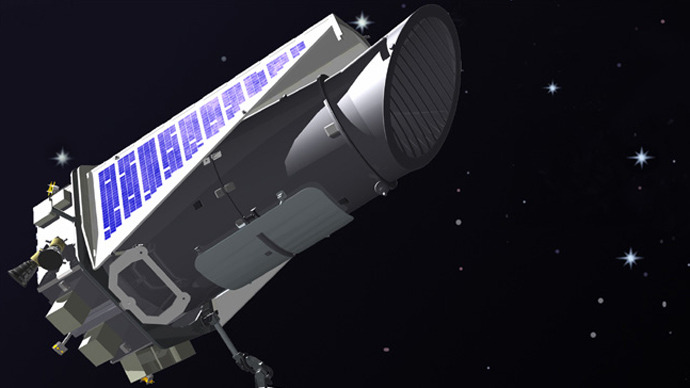Historic Kepler Telescope crippled by malfunction

The spacecraft that has located more planets than any other in history has endured technical failure serious enough to put its current mission of finding another so-called Super-Earth, in jeopardy, experts announced Wednesday.
NASA’s Kepler telescope is currently operating without its stabilizing control wheel, which is necessary to point the device in the right direction. This being the second wheel to be lost, combined with Kepler’s location 40 million miles away from Earth, indicates the search for another large celestial body could be over.
Since Kepler was launched in 2009 it has found 132 confirmed planets and 2,700 “candidate” planets that need to be studied further, according to USA Today. Among the findings were three “Super-Earth” planets that, because of the star formation orbiting the bodies, could support life.
“Kepler’s not in a place where I can go up and fix it, or any other astronaut,” John Grunsfield, the head of science at NASA who previously traveled through space to repair the Hubble Space Telescope, told the Washington Post. “We do need three reactions wheels. I wouldn’t say Kepler is down and out just yet.”
The telescope cost $600 million to build and operate but is now without two of its four wheels, making it impossible for engineers to control completely. Scientists still have two years’ worth of data to examine, though, and the fourth, still unfound Super-Earth, could simply be hiding in Kepler’s uninspected data.
“I don’t think I’d be a pessimist here,” said William Borucki, Kepler’s lead scientist and chief proponent of the initial project. “The mission has been phenomenally successful and I really wouldn’t write it off at this point. It operated for four years…I’m just elated with what we’ve accomplished.”















